Farm Bureau applauds Congress for full passage of Continuing Resolution
The bill includes short-term spending, disaster aid and a farm bill extension.
Read MoreBy: David Marrison, OSU Extension Field Specialist – Farm Management and Aaron Wilson, OSU Extension Ag Weather and Climate Field Specialist
Drought conditions started in Ohio back in mid-June and have intensified all summer. According to the U.S. Drought Monitor report on Aug. 27, 2024, D4-exceptional drought was introduced to Ohio (Meigs and Athens counties) for the first time since the U.S. Drought Monitor’s inception in 2000. On Sept. 5, D4 increased to 7.35% of the state, while other categories of drought (D1-D3) significantly expanded. It is important to remember that D4 conditions only occur once every 50 to 100 years.
Despite much-needed rainfall occurring last week from Meigs and Athens counties to Belmont County, it was not enough to overcome the drought conditions made worse by scorching heat with many days with high temperatures in the mid to upper 90s. Farther north, very little rain fell in August or during the summer. At the Zanesville Municipal Airport for example, only 0.17” of rain fell in August and 4.95” fell in June-August. This marks the driest August on record and second driest summer for this location for the period 1946-2024. Similar conditions are present for many counties across south central and east central Ohio.
Impacts are numerous and widespread including very poor pasture conditions, lack of hay growth, low ponds, dry creeks, water hauling, and failing crops. Even for counties in lower drought categories, drought stress is present with early changing leaves on trees and stress on native plants. With drought conditions expanding nearly statewide, there will be increased combine and field fire risk this harvest season as well.
The Secretary of the United States Department of Agriculture issued two natural disaster designations (Aug. 30 and Sept. 3) which designated 23 counties as primary disaster counties with an additional 16 counties classified as contiguous. According to the U.S. Drought Monitor, these counties suffered from a drought intensity value during the growing season of 1) D2 Drought-Severe for eight or more consecutive weeks or 2) D3 Drought-Extreme or D4 Drought-Exceptional.
The following are the counties which have been designated as of Sept. 3:
Primary counties eligible in Ohio: Athens, Belmont, Fairfield, Fayette, Gallia, Guernsey, Harrison, Highland, Hocking, Jackson, Jefferson, Madison, Meigs, Monroe, Morgan, Muskingum, Noble, Perry, Pickaway, Pike, Ross, Vinton and Washington counties.
Contiguous counties also eligible in Ohio: Adams, Brown, Carroll, Champaign, Clark, Clinton, Columbiana, Coshocton, Franklin, Greene, Lawrence, Licking, Scioto, Tuscarawas, and Union counties. These designations allow the USDA Farm Service Agency to extend assistance to agricultural producers through a variety of programs. These programs are available to both new and existing users of FSA services. Please note that each program has eligibility requirements and payment limitations.
Emergency Loan Program: This program provides emergency loan assistance to farm operators. These loans can be used to meet various recovery needs including the replacement of essential items such as equipment or livestock, reorganization of a farming operation, or to refinance certain debts. For production losses, a 30% reduction is required to be eligible. Losses to quality may also be eligible for assistance. Producers can borrow up to 100 percent of actual production or physical losses to a maximum amount of $500,000. The deadline for producers in designated primary and contiguous counties to apply for loans is between April 21 -28, 2025 depending on the county. Details
Disaster Set-Aside Program: This program allows FSA borrowers to set aside one payment due to qualified disaster. Each payment set-aside must be repaid prior to the final maturity of the note. Any principal set-aside will continue to accrue interest until it is repaid. The borrower must be current or not more than 90 days past due on any FSA loan when the application is completed. Borrowers have 8 months from date of the disaster designation to apply. Details
Noninsured Disaster Assistance Program: This program provides financial assistance to producers of non-insurable crops that have lower yields or crop losses due to natural disasters such as drought. Eligible crops must be commercially produced agricultural commodities for which crop insurance is not available. Such crops include (but are not limited to): crops grown for food; crops planted and grown for livestock consumption, such as grain and forage crops; specialty crops, such as honey and maple sap; value loss crops, such as aquaculture, Christmas trees, and ornamental nursery and turf-grass sod. Eligible producers must have purchased NAP coverage for the current crop year. NAP payments are limited to $125,000 per crop year, per individual or entity for crops with basic coverage. Any NAP payments received with additional (buy-up) coverage is to $300,000. Details
Tree Assistance Program: This program provides financial assistance to qualifying orchardists and nursery tree growers to replant or rehabilitate eligible trees, bushes, and vines damaged by natural disasters such as drought. To be eligible, at least a 15% mortality loss, after normal mortality, must be determined due to a natural disaster. Payment is the lessor of either 65% of the actual cost of replanting or the maximum eligible amount established by FSA. Replacement of eligible trees, bushes and vines must be made within 12 months. Details
Conservation Reserve Program Haying and Grazing: FSA permits emergency haying and grazing on certain CRP practices in a county designated as D2 or higher on the U.S. Drought Monitor, or in a county where there is at least a 40% loss in forage production. It should be noted that before haying and grazing, producers should contact their FSA office to determine if the county remains eligible and to obtain a modified conservation plan. After a county is approved for emergency haying and grazing, conditions are reviewed monthly to determine whether continuing the emergency activities is warranted. To date, 31 counties
in Ohio are eligible. Details
Livestock Forage Disaster Program: This program provides compensation to eligible livestock producers who have suffered grazing losses due to drought on land that is native or improved pastureland with permanent vegetative cover or that is reported on the FSA-578 with initial intended use of grazing. This program looks at acreage and intended use directly from the producer certified FSA-578 form. This program also provides compensation for eligible livestock. Eligible livestock must be animals that receive the majority of their net energy requirement of nutrition via grazing. Covered livestock include beef cattle, dairy cattle, deer, equine, goats, llamas, and sheep. The 2018 Farm Bill established a maximum annual per person and legal entity payment limitation for LFP of $125,000. Details
Livestock Indemnity Program: This program benefits to livestock owners or contract growers for livestock deaths in excess of normal mortality caused by adverse weather. Note that drought is not an eligible adverse weather event except when death loss is associated with anthrax which occurs because of the drought. In addition, Mycoplasma Bovis is an eligible loss during drought for bison. Payment levels are based on national payment rates that are 75% of the market value of applicable livestock. Cattle, poultry, swine and
other livestock are covered. Details
Emergency Assistance for Livestock, Honeybees, and Farm-Raised Fish: This program provides emergency assistance to eligible producers of livestock, honeybees, and farm-raised fish for losses due to disease, or adverse weather not covered by the Livestock Forage Disaster Program and the Livestock Indemnity Program. Assistance is provided for losses resulting from the cost of transporting water to livestock and hauling livestock to forage or other grazing acres due to a qualifying drought. For commercial bee producers, ELAP provides for additional feed purchased to sustain honeybees during drought conditions when natural feed is not available. ELAP also assists farm-raised fish operations for excess mortality and excessive feed requirements due to eligible weather conditions. Learn more about each facet of the ELAP program:
• Livestock
• Honeybees
• Farm-raised fish
Emergency Conservation Program: This program provides funding and technical assistance for farmers and ranchers to restore farmland damaged by natural disasters and for emergency water conservation measures in severe droughts. Specific assistance can be sought for providing emergency water during periods of severe drought to grazing and confined livestock or through existing irrigation systems for orchards and vineyards. Details
Disaster Assistance Discovery Tool: FSA has developed an online disaster assistance discover tool which allows producers to learn the USDA assistance programs which might fit their operation due to this year’s drought.
Take Action and Report: Producers are encouraged visit their local Farm Service Agency office to report crop and livestock losses. By providing this data, producers can learn their eligibility for the FSA disaster programs.
Additionally, this data can serve as a catalyst for potential ad hoc disaster relief programs for crops and livestock which are not covered by an existing program.
More information: Producers are encouraged to contact their local Farm Service Agency office to explore program which they may be eligible. Producers can locate their local office at: fsa.usda.gov/oh


The bill includes short-term spending, disaster aid and a farm bill extension.
Read More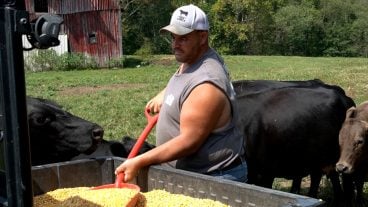
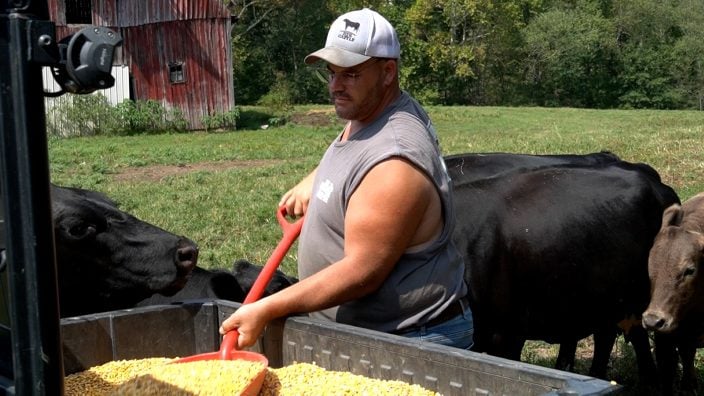
The disaster relief funding disbursement will be overseen by the Ohio Department of Agriculture and administered through local soil & water districts.
Read More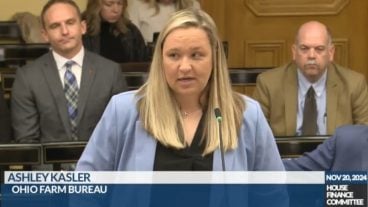
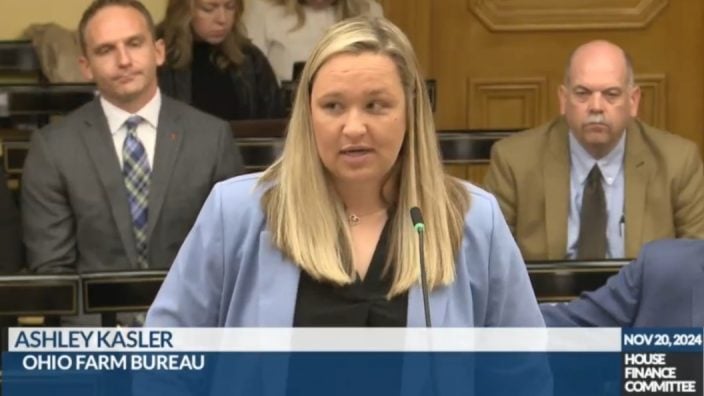
HB 683 would provide meaningful relief by investing $10 million in the counties that were most severely impacted by relentless hot and dry conditions this past summer.
Read More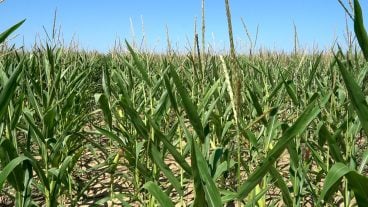
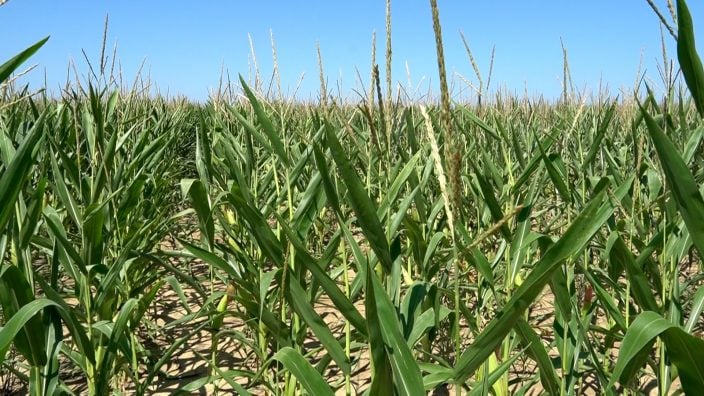
Here are some tips for those agricultural producers being impacted by the drought that have not worked with the USDA FSA office before.
Read More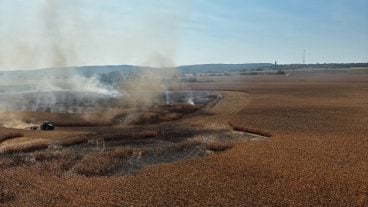
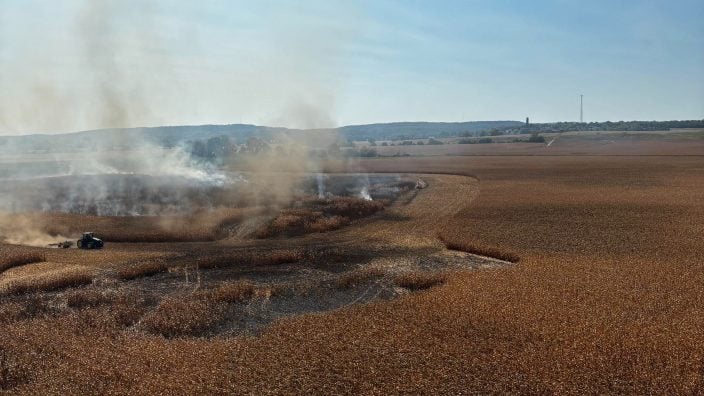
On this Ohio Farm Bureau Podcast Special, we cover many aspects of the drought that the majority of Ohio is dealing with.
Read More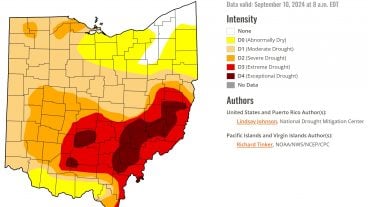
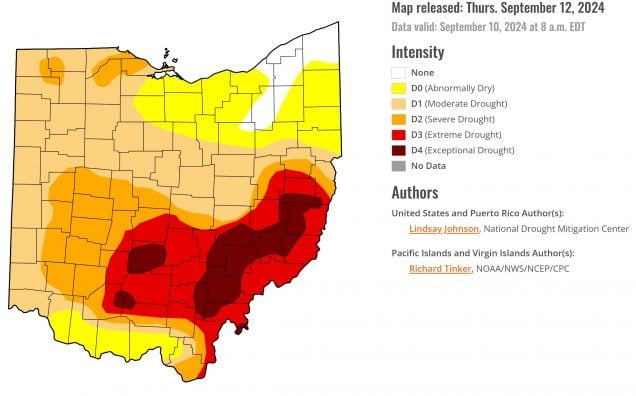
If you have been impacted by the drought, please contact your local Farm Service Agency.
Read More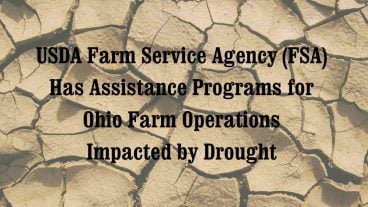
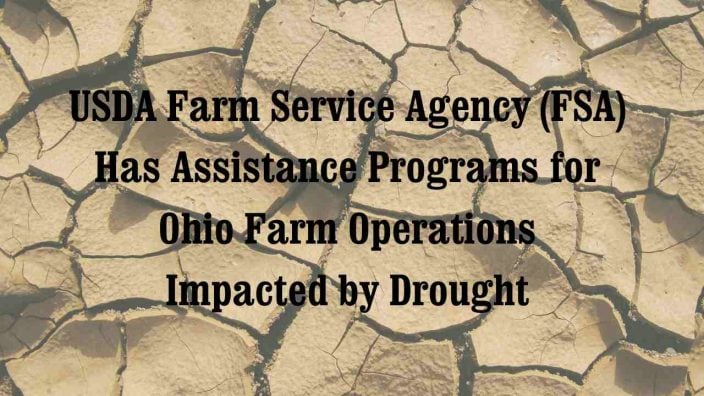
Producers are encouraged to contact their local Farm Service Agency office to explore program which they may be eligible.
Read More

For livestock producers in drought-stricken areas of Ohio, measures used to keep animals healthy and productive have been in the works for some weeks.
Read More